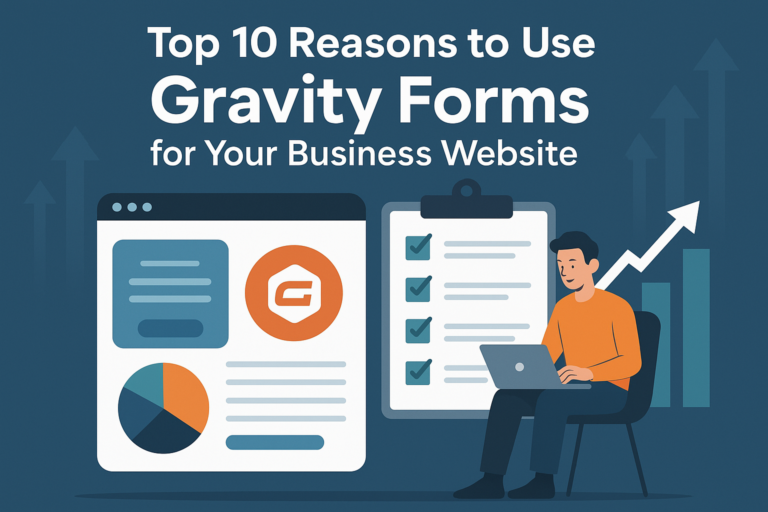Introduction:
Email marketing remains one of the most effective and widely used channels for businesses to connect with their audience. However, with inboxes overflowing with messages, it’s crucial to adopt best practices to ensure your email campaigns stand out and yield positive results. In this blog post, we will explore the key strategies for building a strong email campaign that captivates your subscribers and drives engagement.
Define Your Campaign Goals:
Before diving into crafting your emails, it’s important to establish clear goals for your campaign. Whether it’s increasing sales, generating leads, promoting brand awareness, or nurturing customer relationships, having a specific objective in mind will help guide your email content, design, and overall strategy.
Build a Quality Email List:
A strong email campaign starts with a high-quality email list. Focus on growing an engaged subscriber base by employing various tactics such as website sign-up forms, gated content, social media promotions, and offline events. Ensure that you obtain consent from subscribers and provide an easy opt-out option to comply with relevant data protection regulations.
Personalize Your Emails:
Personalization is key to making your subscribers feel valued and enhancing engagement. Utilize the data you have about your subscribers to personalize your emails with their names, relevant content based on their preferences or past interactions, and even dynamic elements that adapt to their behavior. The more tailored your emails are, the higher the chances of resonating with your audience.
Craft Compelling Subject Lines:
Subject lines play a crucial role in determining whether your emails get opened or end up in the spam folder. Keep them concise, engaging, and compelling. Avoid using excessive capitalization or spam trigger words that may raise red flags with email providers. A/B testing different subject lines can help you identify what resonates best with your audience.
Design Mobile-Friendly Emails:
With the increasing number of people accessing emails on their mobile devices, it’s essential to optimize your email design for mobile responsiveness. Use a single-column layout, legible fonts, and appropriately-sized buttons to ensure a seamless experience across different screen sizes. Test your emails on various devices and email clients to ensure they render correctly.
Create Valuable and Relevant Content:
Your email content should provide value to your subscribers. Avoid bombarding them with constant promotional messages. Instead, focus on delivering useful information, educational content, exclusive offers, or personalized recommendations. Use compelling visuals, concise and scannable text, and clear call-to-action buttons to guide readers towards your desired outcome.
Implement an Effective Call-to-Action (CTA):
Every email should have a clear and compelling call-to-action. Whether it’s directing subscribers to make a purchase, download a resource, sign up for an event, or engage with your brand on social media, ensure that your CTA is prominent, visually appealing, and drives the desired action. A/B testing different CTAs can help optimize their performance.
Test and Measure:
Regularly test and measure the performance of your email campaigns to identify what works best for your audience. Split testing different elements like subject lines, content layout, images, CTAs, and send times can provide valuable insights into optimizing your campaigns. Pay attention to metrics such as open rates, click-through rates, conversion rates, and unsubscribe rates to gauge success.
Maintain Email Deliverability:
To ensure your emails reach your subscribers’ inboxes, focus on maintaining good email deliverability. Follow email deliverability best practices, such as using a reputable email service provider, authenticating your domain with SPF, DKIM, and DMARC, avoiding spam trigger words, and regularly cleaning your email list to remove inactive or bouncing addresses.





